The idea was insanely ambitious. To capture an unfolding humanitarian crisis in a small country in Africa.
I first pitched the project at the International Documentary Festival in Amsterdam in 2005. The central narrative followed young teacher Justice Methula and the children in his care in Swaziland as they struggled to survive a year of drought and diminishing food handouts.
TRUE STORIES: THE HUNGER SEASON
|
The film connected their story to the actions of the Swazi Government, to the visiting NGO's and the United Nations, thus unravelling the forces at work in a humanitarian crisis.
It went down okay with the international commissioning editors but I think everyone wondered if we could pull it off. A development grant from CBA-DIFD Broadcast Media funded the first trip. On the evidence of rushes the film was commissioned by Katie Speight at More4 in 2007. We raised co-production finance from NHK Japan, SBS Australia and YLE Finland but there was no doubt this was going to be a shoestring production.
We could just about cover the costs of shooting but every one was on half or deferred fees. This was documentary fuelled on determination and credit cards where necessary. We had a small but brilliant team.
Producer Iris Maor fund raising from London with Tine Munk our steadfast production manager. Jessica Edwards producing on location, securing access to the most impossible locations and characters.
Sandile Dlamini our fixer was the final essential ingredient. He knew everyone in Swaziland, especially the ladies. Whilst we filmed, he slept in the car. Reawaking punctually at the end of the shoot to help us carry the gear, make a few calls to secure the next days filming - and so the cycle went on.
I figured I would have to self-shoot, but the story was unfolding in such a stunning landscape, a place where the weather and the land had failed, it begged for a cinematic approach. So I approached DOP Jon Sayers to come on board and his work completely lifted the film.
When I quizzed Jon about the challenges of shooting The Hunger Season he was very clear.Filming very poor people in a humanitarian crisis and getting the representation right meant we needed to capture the drama but we couldn't be gratuitous. It was a huge responsibility
Our days in the bush followed a certain pattern. Arriving with supplies in the boot of the car, which were carefully distributed. Taking time to sit with the children, to play a little before filming. The kids were so bright and funny - and yet knowing what we did about them, that most were orphaned or sick themselves with HIV, their seemingly relentless cheerfulness made the situation all the more poignant.
Over a two-year period we had some extraordinary experiences. From days in the dust and relentless sun of the bush with Justice and the orphans, to perching on gold gilt chairs, waiting for our audience in King Mswati's palace. From dawn in the fields of Wisconsin harvesting the new lines of food aid, to the surreal pomp and ceremony of the United Nations General Assembly in New York.
A year later I staggered into Molinare with three boxes of rushes where the film was painstakingly edited by Nick Fenton. With little time to cut, it was remained insane right to the very end.
I have no regrets. We haven't got rich but we've made a film we're proud of - and hope that it might join some dots for people in relation to areas that are inextricably interlinked.
Beadie Finzi is director of C4 Britdoc foundation and a film-maker
Beadie Finzi: My tricks of the trade
|







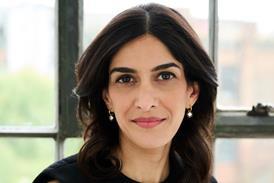
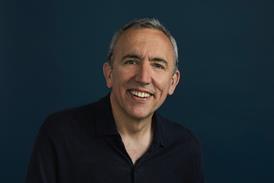


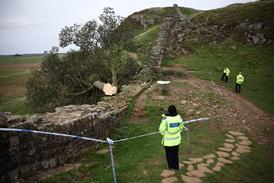
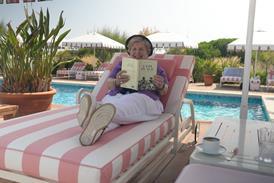







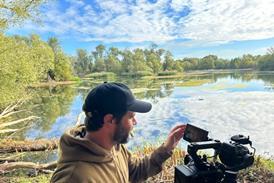
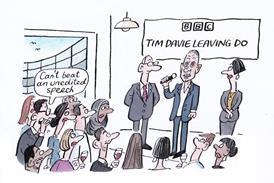




No comments yet